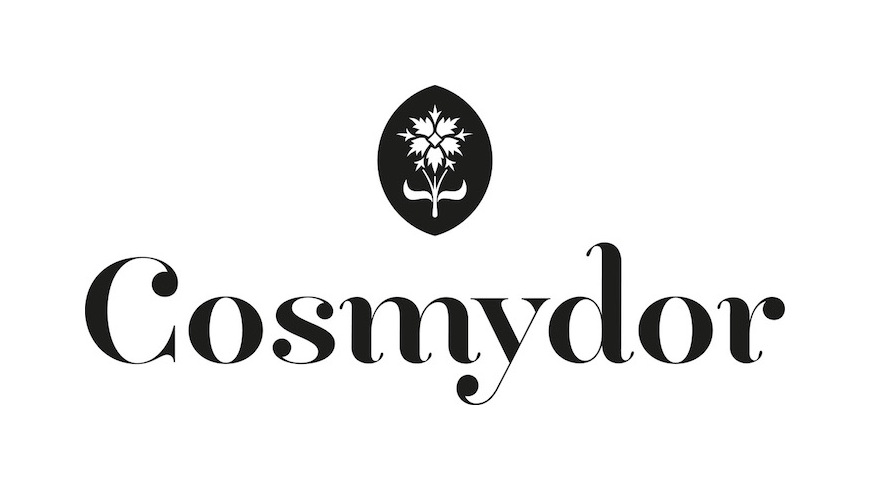Shea butter (or butyrospermum parkii butter) in West Africa
From the Kingdom of Meroë to Leo Africanus, from Ibn Battuta to Mungo Park, you cannot talk about Africa without mentioning shea. From vigorous shea butter massages for newborn babies through to the funeral bed of the king, specially carved from the trunk of this sacred tree, village life is structured around the shea tree. As are women’s lives. The fruit is harvested and prepared between June and December. This precious crop will be used throughout the year by the family for body care and their dietary fat needs.
The harvest takes place from mid-June to mid-September during the rainy season. Women and children collect fruit every day. The trees closest to the villages are visited first and the harvest area gradually increases: they have to travel long distances in the bush to reach the other trees. The ripe fruit falls naturally from the tree. It is very important to only collect the fruit on the ground and not those still on the tree: the latter have not yet reached full maturity so contain less oil.
In a good year, each person can easily collect around forty kilos per day. 100 kg of dried kernels gives 20 kg of butter. The harvest has to be carried out quickly – if the fruit is left on the ground for too long, it starts to germinate, reducing the percentage of oil in the kernel and increasing its acidity. The fruit also has to be handled with care as once damaged, it will rot. The butter’s natural antioxidant qualities ensure its preservation and therefore its storage, enabling it to become an agricultural product in its own right – a paradox for a wild product.
Michel Pobeda, Translation, “Les bienfaits des huiles végétales” (Ed. Poche Marabout Santé)

